Planting and caring for gravilat in the open field, the best varieties and cultivation
A representative of the Rosaceae family will decorate the personal plot, complement the flower beds and alpine slides near artificial reservoirs. Gravilat is widespread throughout Russia, caring for a plant is simple, it is important to correctly plant a flower and choose the right place for a perennial. There are a lot of plant varieties; types of gravilata of red and yellow shades are popular in landscape design.
Description and features
Gravilat is an unpretentious perennial flowering plant suitable for growing by novice gardeners. Brief characteristics of the plant:
- Erect stem with rough feathery leaves.
- Forms corymbose or paniculate inflorescences.
- The root system is creeping with a stiff main root.
- Possesses medicinal properties.
- The average plant height is 60 centimeters.
- The diameter of the flowers is 3-4 centimeters.
- A frost-resistant plant that can withstand temperature extremes.
Some types of Benedictine herb form bell-shaped inflorescences. The duration of flowering and its onset are determined by the genetic characteristics of the variety.
Kinds
Breeders have about 60 types of gravilata. On the territory of Russia, Benedictine grass is common in the Urals, Siberia, the Volga region, the Far East, the Caucasus and other regions. A beautiful hardy perennial found in Europe.
Mountain
The most common type of gravilat. The plant is not tall - up to 20 centimeters. Forms flowers of bright yellow color, great for alpine slides, flowering period begins in May.
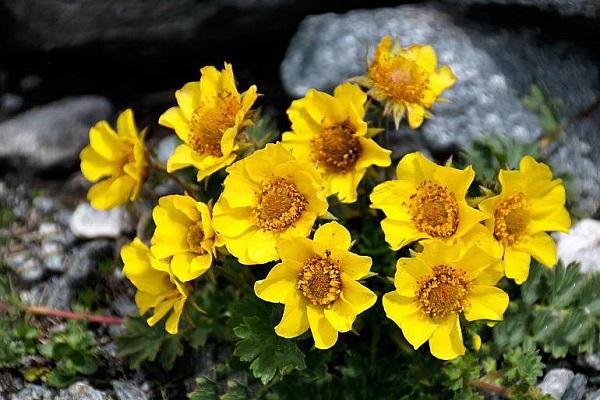
Creeping
Flowers of this species adorn rocky gardens. Bell-shaped inflorescences of yellow color. Creeping gravilate is used to create carpets. The leaves of the plant are decorative, dissected, small, velvety.
Urban
Benedict's grass is the second name of the city gravilat. This type is common in Europe. Forms erect stems up to 50 centimeters high. The flowering period begins in May. Flowers are yellow, 3 cm in diameter.
Chilean
Tall kind of gravilat. The height of an adult plant reaches 60 centimeters or more. Bright red flowers will not leave indifferent looks. On the basis of this species, hybrid varieties are derived. Among the disadvantages is a short flowering period.

Hybrid
The fruits of labor of breeders. Most often, the Chilean gravilat is taken as the basis for creating a new variety. All hybrids are characterized by increased frost resistance and disease resistance.
Bright red
Forms a bush-shaped perennial. Distributed in the Caucasus. The flowers are orange-red in color with beautiful golden-yellow stamens. The flowering period begins in May and lasts until the end of August.
River
Endangered species listed in the Red Book. Forms wild thickets along the banks of rivers and reservoirs. It can reach 80 centimeters in height. The flowers are very beautiful, resemble a drooping terry bell, of an unusual pink color with various shades of transition.
Note: It is a good honey plant and a natural insecticide.

Ross
A plant of rocky mountains, absolutely undemanding to the quality of the soil and growing conditions. It forms a bush of medium branching no more than 40 centimeters high. A distinctive feature of the species - genetic frost resistance, tolerates winters with frosts down to -36 C. Flowers yellow, planted in groups in rocky gardens and alpine hills.
Three-flowered
The native land of the species is North America. Grows on slopes in dense groups, perennial reaches a height of no more than 35 centimeters. The second name is "prairie smoke" - the seed pods form long white hairs stretched upward. During windy days, the boxes sway and create the visual effect of creeping smoke.
Terry
Differs in a beautiful original appearance of inflorescences, reminiscent of terry poppies. The flowering period is long - from May to September. The species is quite frost-resistant.
Large-leaved
Herbaceous perennial up to 80 centimeters high. Forms small yellow flowers no more than 2 centimeters in diameter. Unclaimed view for landscape design.
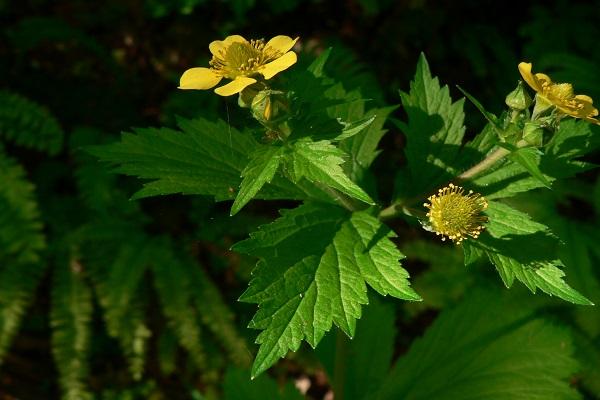
Popular varieties
On the basis of various types of gravilata, various plant varieties were created, differing in the shape and color of the inflorescences, the duration of flowering and other characteristics.
Fire Opal
Hybrid variety with large double flowers of bright orange color. It forms a bush up to 8 centimeters high, blooms from June to July. Shade-tolerant variety with high winter hardiness.
Princess Juliana
Spectacular variety with semi-double flowers of bright orange color of English selection. The bush is formed up to 60 centimeters high. The stems are of the original burgundy color. Average winter hardiness.
Gladis Perry
One of the popular gravilata varieties, it forms inflorescences of a deep red color. Suitable for growing on alpine slides and as a curb plant. Average winter hardiness.
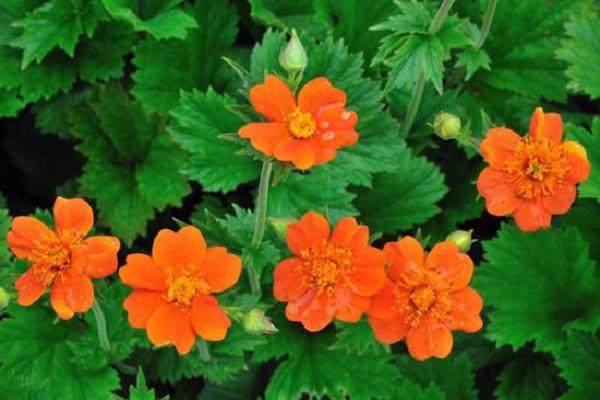
Lionel cox
The representative of the river gravilat. The height of the bush is 35 centimeters. Flowers are small, drooping, no more than 2 centimeters in diameter, bell-shaped. The color of the inflorescences is delicate, orange-yellow.
Album
River gravilata variety. They are planted to decorate the coastal zones of artificial reservoirs. The flowers are inconspicuous, in the form of green bells, from which pale pink petals peep out.
Lady Stradeten
Perennial of the Chilean gravilata with large bright double flowers. Duration of flowering from June to August. Light-loving plant, undemanding to soil quality.
Mr J. Bradishaw
A representative of the Chilean gravilat up to 60 centimeters high. Flowers are large, semi-double, intense red, reminiscent of miniature roses. Differs in high winter hardiness, blooms from June to July.
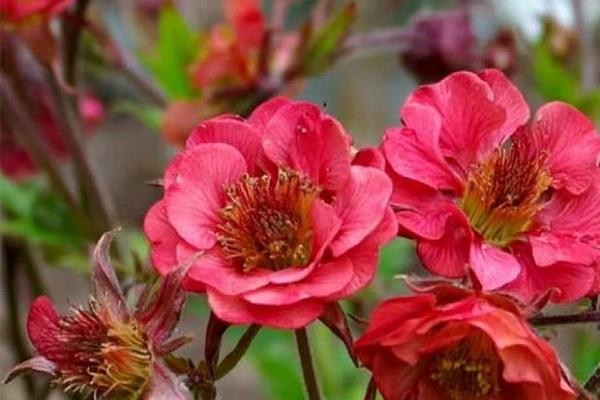
Fire ball
A popular variety of the Chilean species. Forms one large flower on a flowering stem.The rich red color of the petals makes the variety attractive for landscaping applications. The height of the bush is 50-60 centimeters.
Goldball
Chilean hybrid variety with large double flowers. The flowering period is 2 summer months. The flowers are bright yellow. Suitable for flower beds and alpine slides. The height of the bush is 50 centimeters.
Borizin
Perennial is actively used in landscape design. The flowers are bright red, the height of the plant is 30 centimeters. Blooms from May to July. Average winter hardiness, grows well in sunny places.
Red Dragon
Terry Chilean look. Flowers of red or white color, 5 centimeters in diameter, are loved by gardeners for the beautiful shape of the petals. The plant is demanding for light, it is a great addition to flower beds.
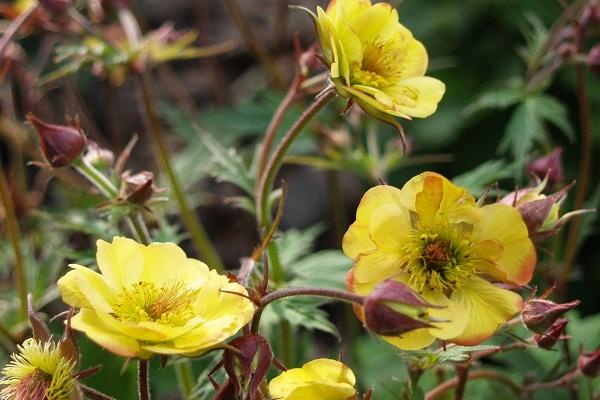
Rigoletto
A distinctive feature of the variety is a long flowering period. The flowers are bright, red, collected in inflorescences. The height of the bush is 50 centimeters, the diameter of the flower is 4 centimeters. Used for single plantings and placement in rock gardens.
Growing seedlings
A common way of growing gravilat is seedling. Seed material must be prepared and disinfected by soaking the seeds before planting in a solution of potassium permanganate for 2-3 hours.
Timing
Sowing seeds for seedlings can be started in late February - early March.
It is not recommended to delay sowing, since young bushes can be planted in the ground at the end of April.

How to plant
Seedling boxes and soil are disinfected. Drainage in the form of expanded clay or small pebbles is installed at the bottom, the soil is covered. Next, you need to draw grooves at a distance of 3 centimeters from each other. Seeds are spread at the same distance, sprinkled with earth and watered abundantly with warm water.
It is recommended to cover the seedling boxes with foil and place them on a warm windowsill. It is recommended to make ventilation holes in the film greenhouse.
Soil requirements
Gravilat is undemanding to the soil; a peat mixture with the addition of sand is suitable. Do not allow the soil to dry out; regular watering is necessary.
Dive
Young plants are planted in individual pots at the stage of three true leaves. It is important not to damage the fragile root system during transplantation, otherwise the seedlings will take root for a long time and hurt.
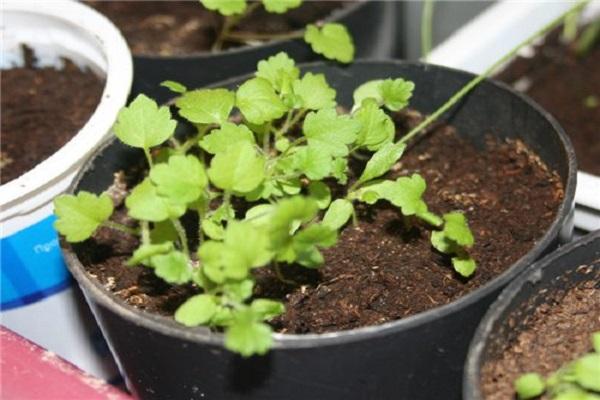
Top dressing
Plants do not need additional feeding. But for better growth and the formation of a healthy root system, the bushes can be watered with complex mineral fertilizer 1.5 weeks after the dive.
When and how to plant in open ground
If in the spring the soil warmed up to +10 C, the threat of frost has passed, then the seedlings are planted in open ground at a distance of 30 centimeters from each other. Young bushes will bloom next season.
Planting seeds in open ground
If for some reason it was not possible to grow the seedlings or the sowing time was missed, then the gravilat can be planted by direct sowing of seeds in open ground.

Spring
You can sow seeds in the ground at the end of April. The beds are pre-prepared:
- Dig it to a depth of 30 centimeters.
- They loosen, add sand and wood ash.
- The grooves are marked.
- Sow seeds.
The distance between the seedlings in this case will be less, about 15 centimeters. When the first shoots appear, they must be thinned out. When the bushes reach a height of 15 centimeters, the plants can be transplanted to a permanent place.
Fall
Sowing dates in autumn will depend on the climatic conditions of the region. They plant gravilat just before the onset of cold weather, it is important that the sprouts do not have time to hatch and freeze. It is not required to cover the garden additionally.
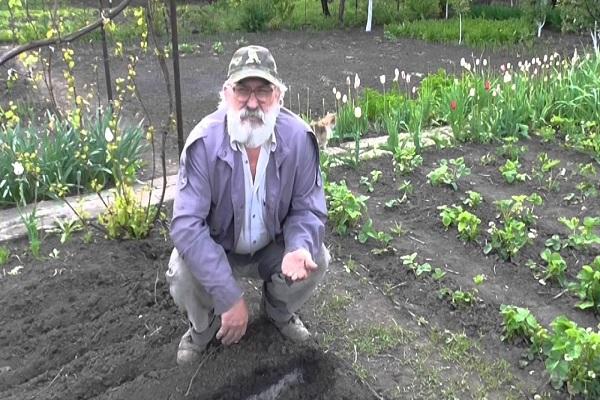
Care
All species are unpretentious, even beginners can cope with plant care.It is important to remember that gravilat is a light-loving flower that does not tolerate drought well. At the same time, moisture stagnation at the roots is highly undesirable. You cannot plant the gravilat in swampy areas.
Watering
Irrigation of plantings should be moderate as the soil dries out. It is not recommended to allow the soil to dry out and its increased moisture. Watering is carried out at the root.
Pruning inflorescences and peduncles
To maintain the decorative appearance of plants, it is recommended to carry out preventive pruning of dried leaves, inflorescences and flowering stems. It is necessary to remove plant residues in a timely manner in order to avoid the occurrence of fungal diseases.
Loosening and weeding
They loosen the plantings as needed, removing all weeds. After weeding and loosening, the bushes are mulched with a mixture of peat and sand. It must be remembered that the root system of the gravilat is superficial; the perennial can be loosened to a depth of no more than 2-3 centimeters.
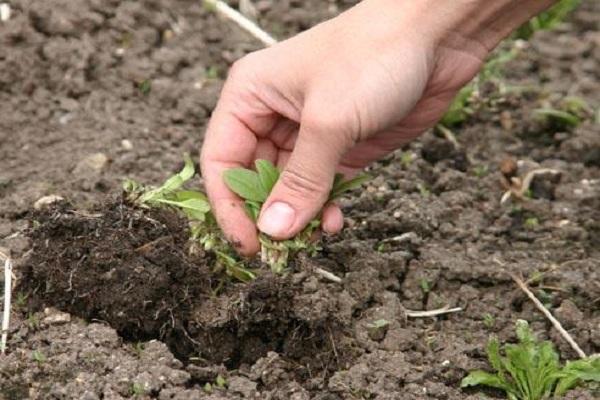
Top dressing
Gravilat can do without feeding. But if you want to activate growth or stimulate flowering, apply fertilizing with complex mineral fertilizers. To improve the color of the leaves, one-time feeding with manure or humus is used.
Diseases and pests
The herbaceous shrub is a natural insecticide, that is, it is able to scare off pests and insects with its specific smell, in addition, the leaves and stems of plants are covered with small villi, which makes the bush inedible for caterpillars and slugs.
Gravilat is not prone to fungal and bacterial infections, it tolerates temperature changes well and reacts neutrally to poor soils.
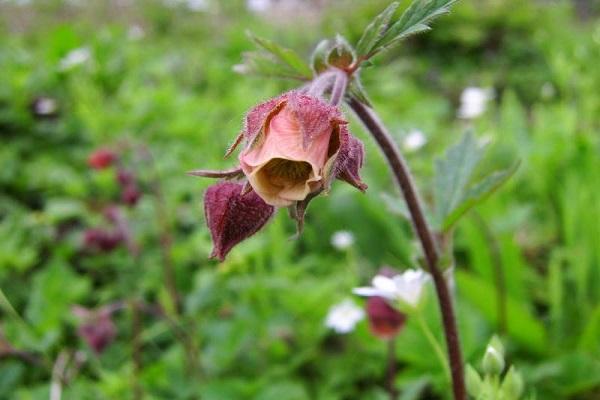
Reproduction
It is quite simple to increase the population of gravilat in your area. Plants are propagated by seed or by dividing the bush. Seed collection is carried out in the summer, after flowering. You can sow in the fall in the ground before winter.
Seeds
Sowing seeds of Benedict grass can be carried out in the ground or seedlings can be grown from them. Each gardener chooses the most convenient way. The seed is pickled, hardened and calibrated. When buying seeds in a store, they pay special attention to individual recommendations for growing a variety.
Dividing the bush
The bush is separated with a sharp knife and carefully transplanted to a new place, watered abundantly. In this way, gravilat is propagated in early spring before the beginning of the flowering period. In some regions, transplanting young seedlings in the fall is practiced. It is important that the bush has time to take root and get stronger before the onset of the first frost.

Use in landscape design
Gravilat is an irreplaceable attribute of rocky gardens and rock gardens. Types of river gravilat are planted to decorate the coastlines of decorative reservoirs. Plants look harmonious in joint plantings with peonies, phloxes, lilies and irises.
Hybrid varieties are used in curb plantations. The flowering stems of tall gravilates are used to create flower arrangements and bouquets.
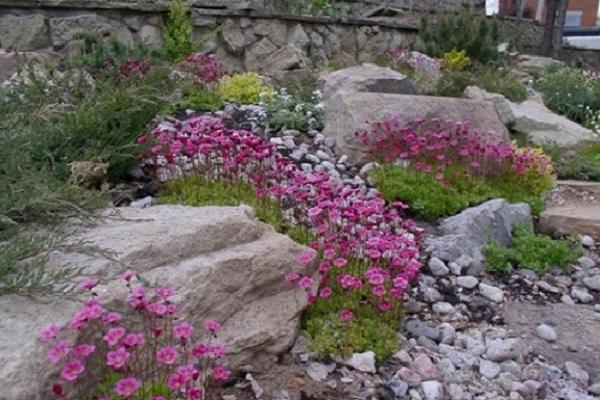
Partners
Benedict grass is a natural insecticide and honey plant, therefore it is often planted by gardeners in vegetable beds. The gravilat itself prefers various bulbous flowers as neighbors. When planting together, the growth of adult plants and the flowering period must be taken into account.
Gravilat or "Greek rose" - a beautiful unpretentious perennial, will be a wonderful decoration for a rock garden or a harmonious addition to flower beds. If it is important that there is a lot of flowering vegetation on the flower beds, gravilata varieties with a long flowering period are chosen.
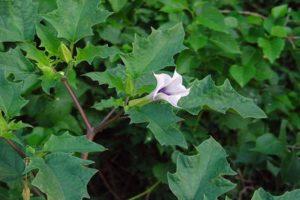



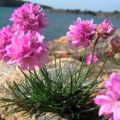

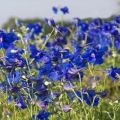


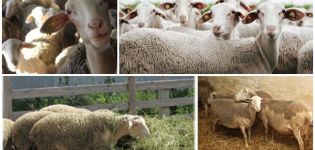
DIGGING the soil again to a depth of 30 cm? Thus, all the soils of the country have already DESTROYED….